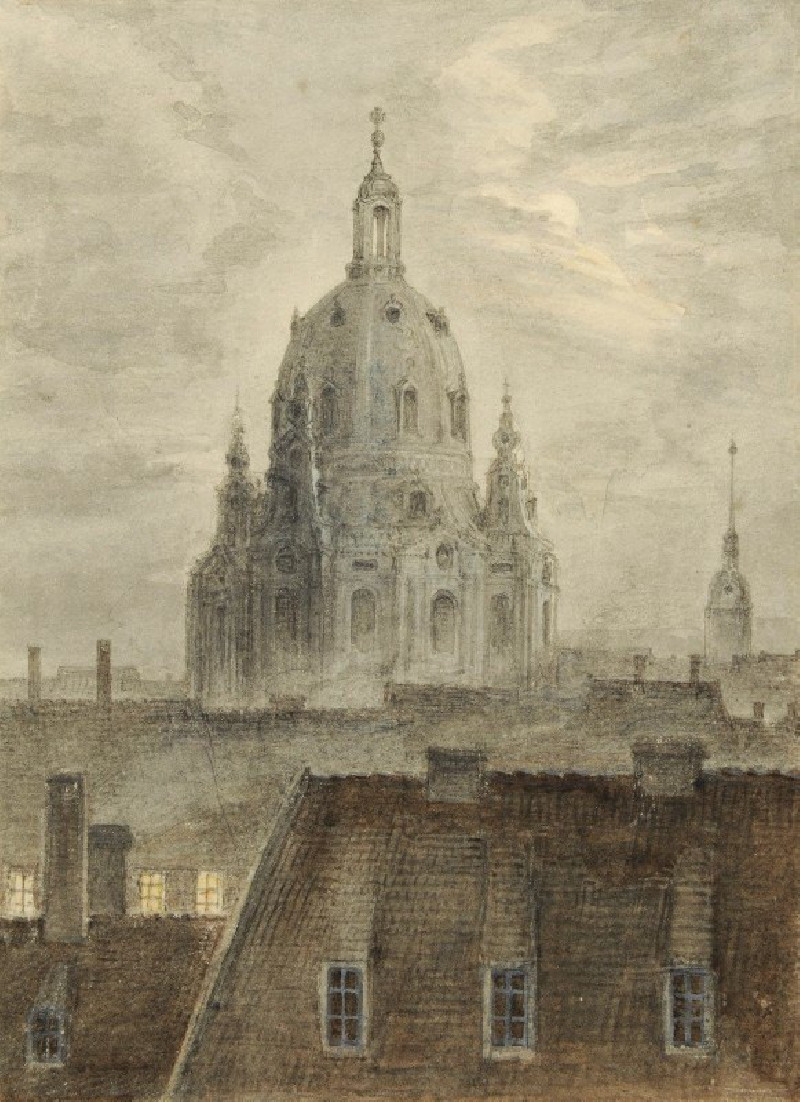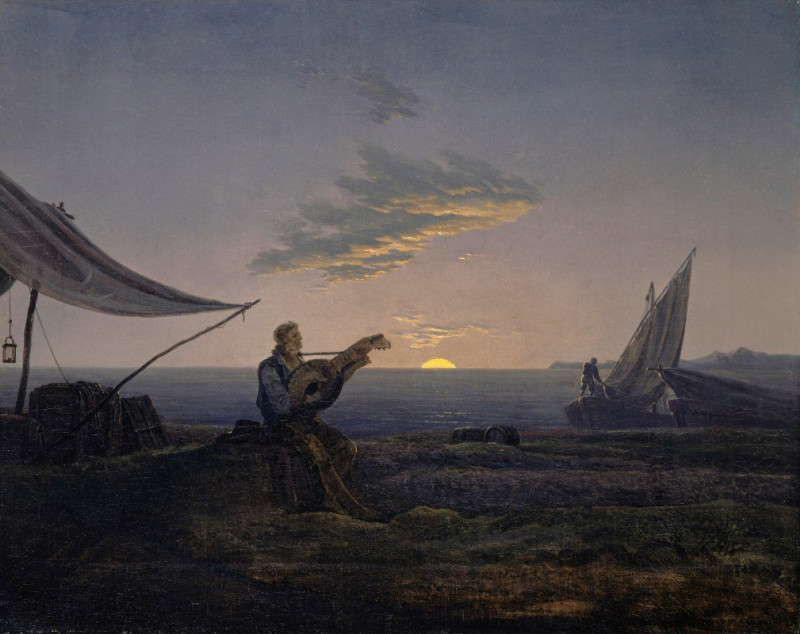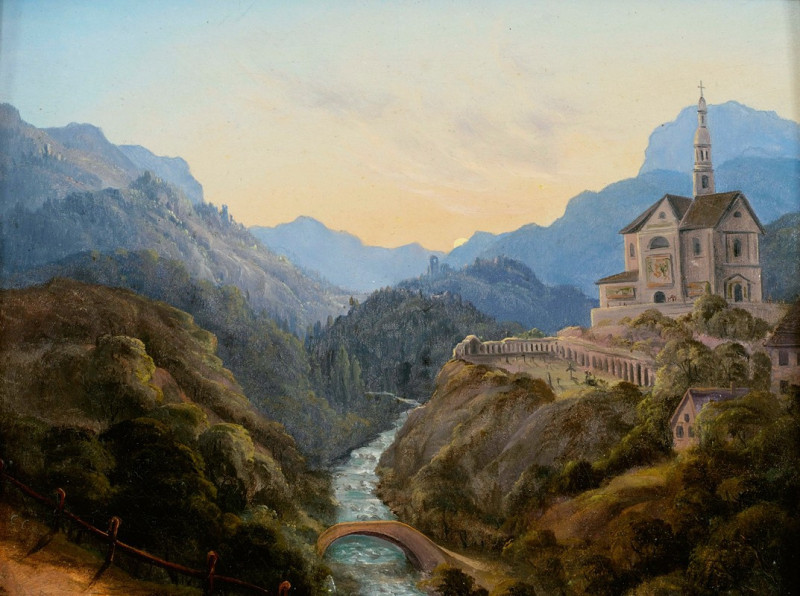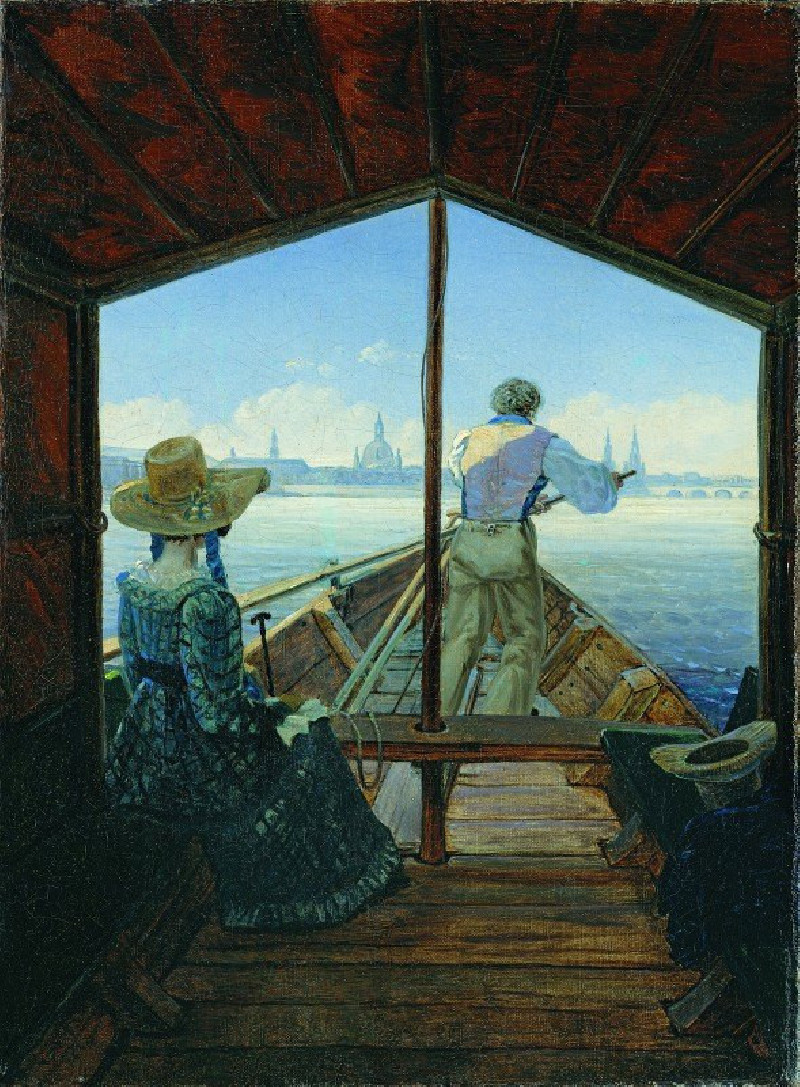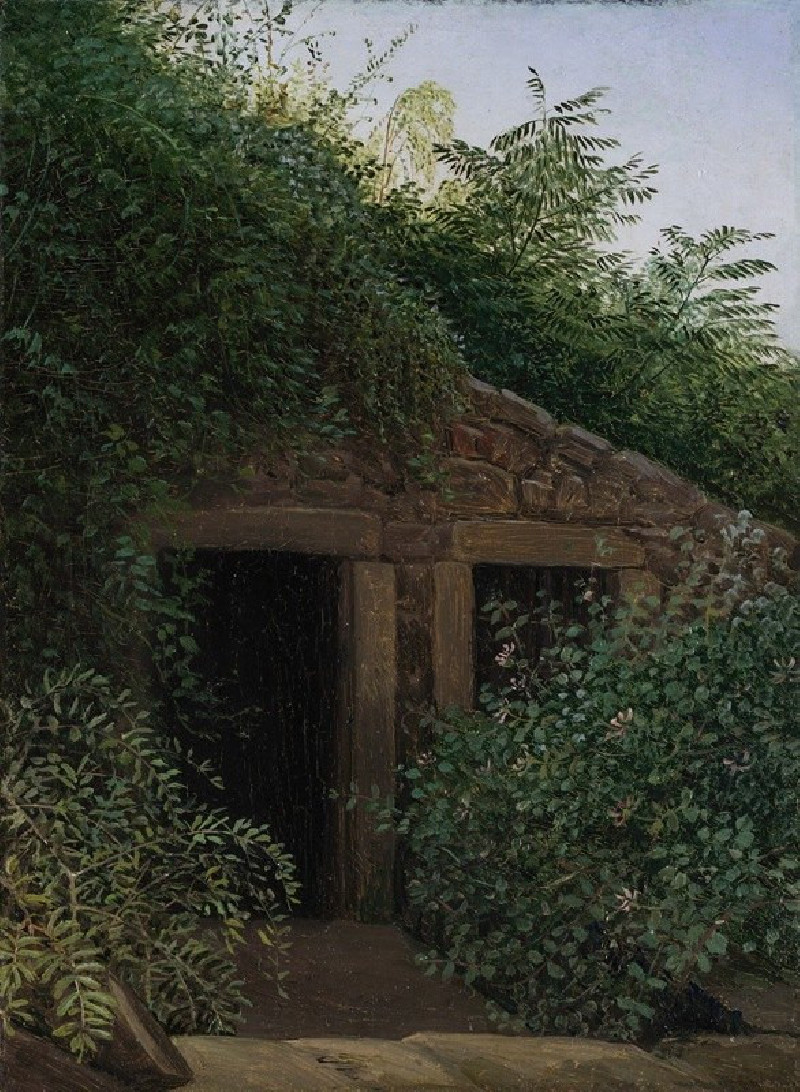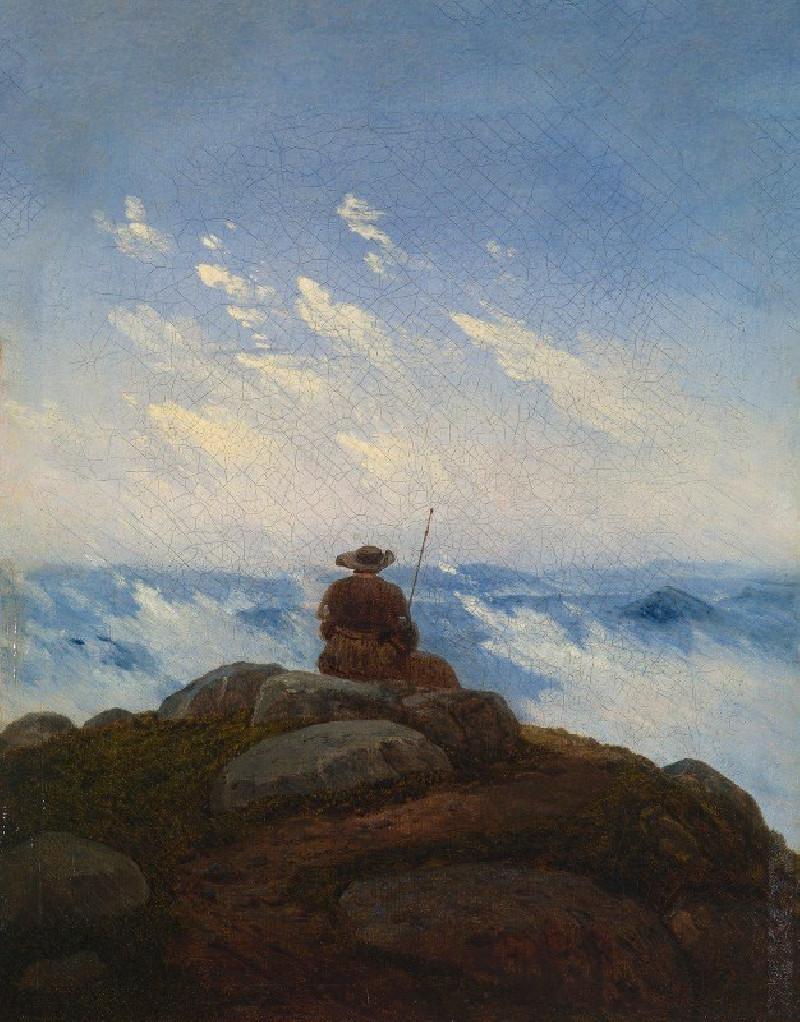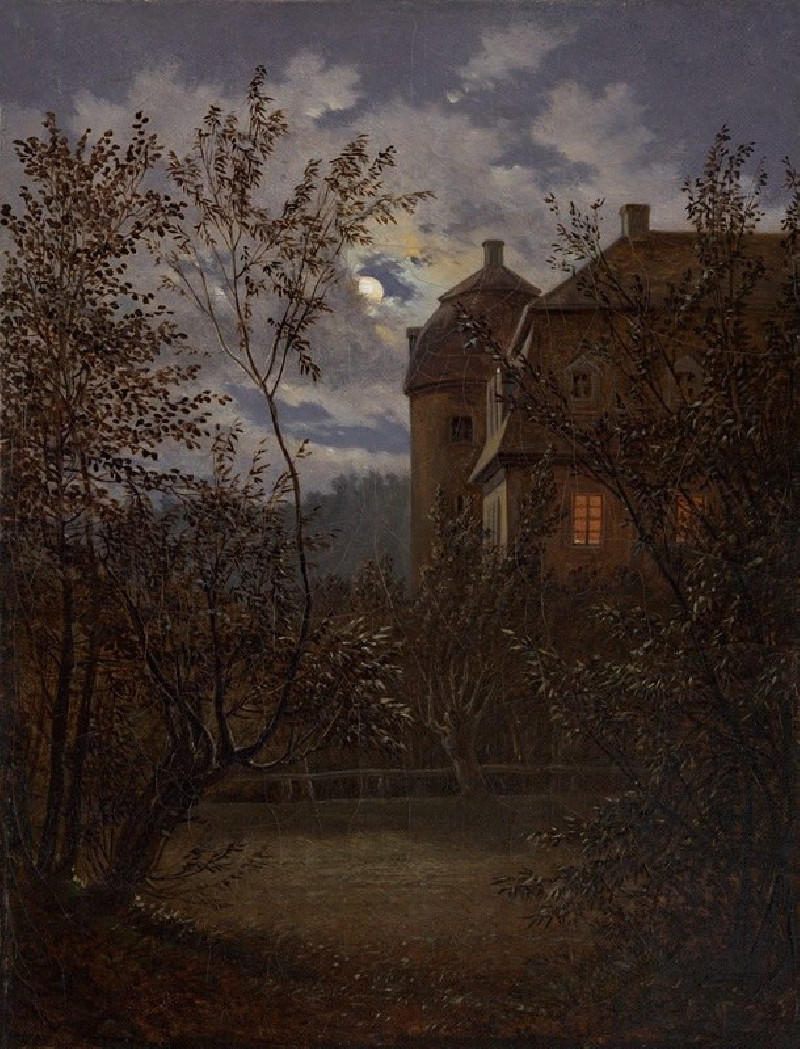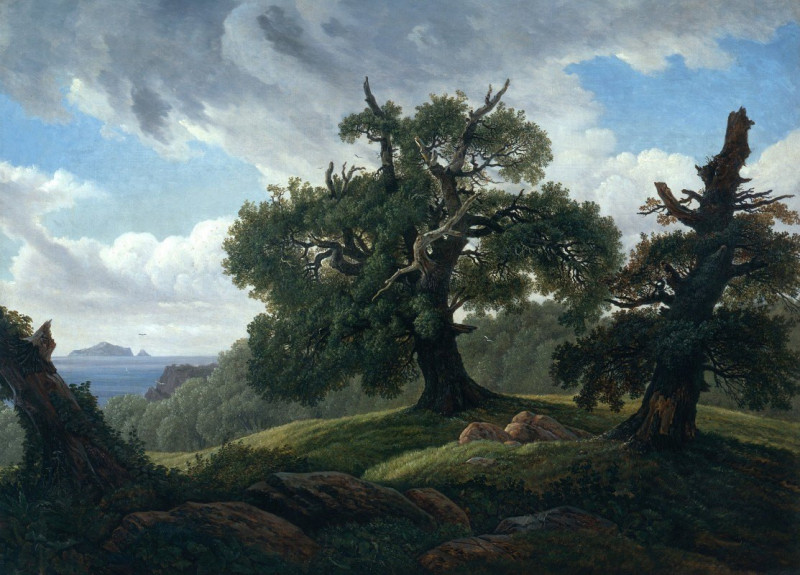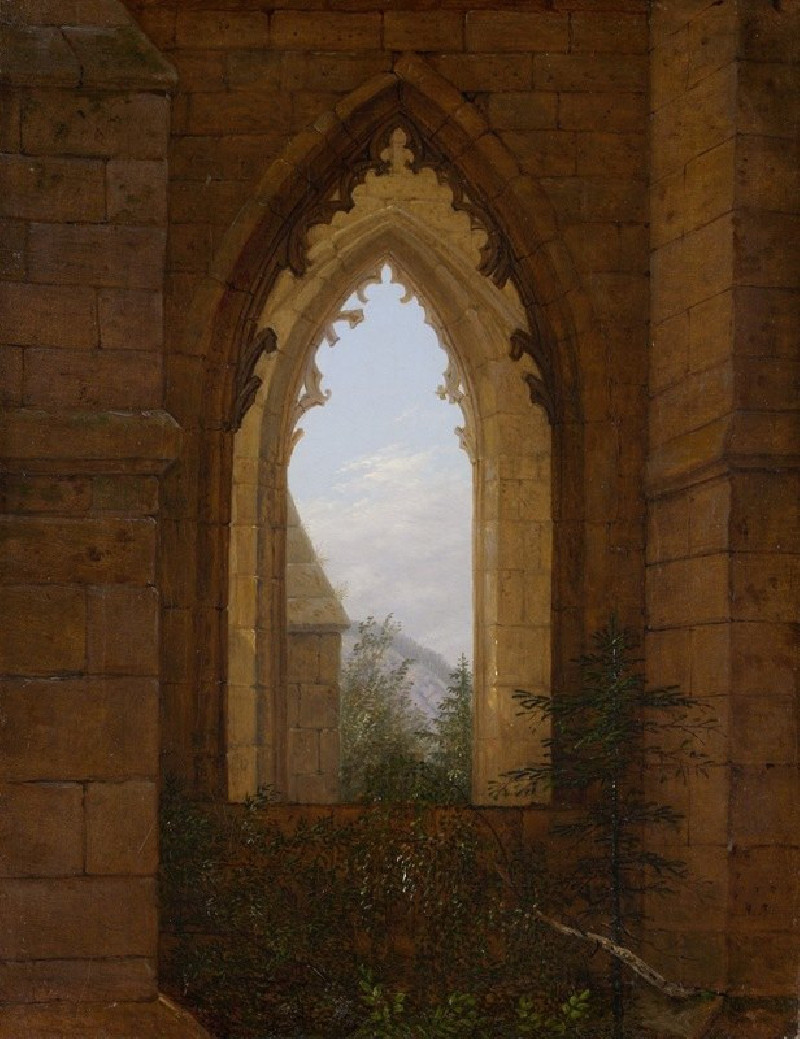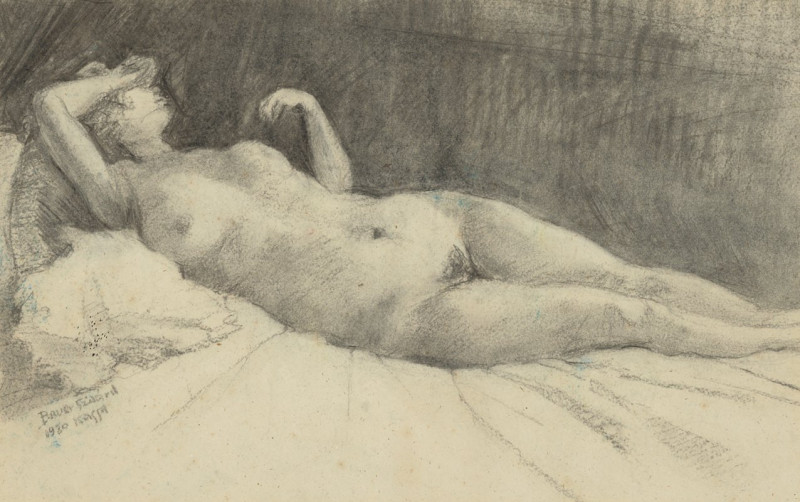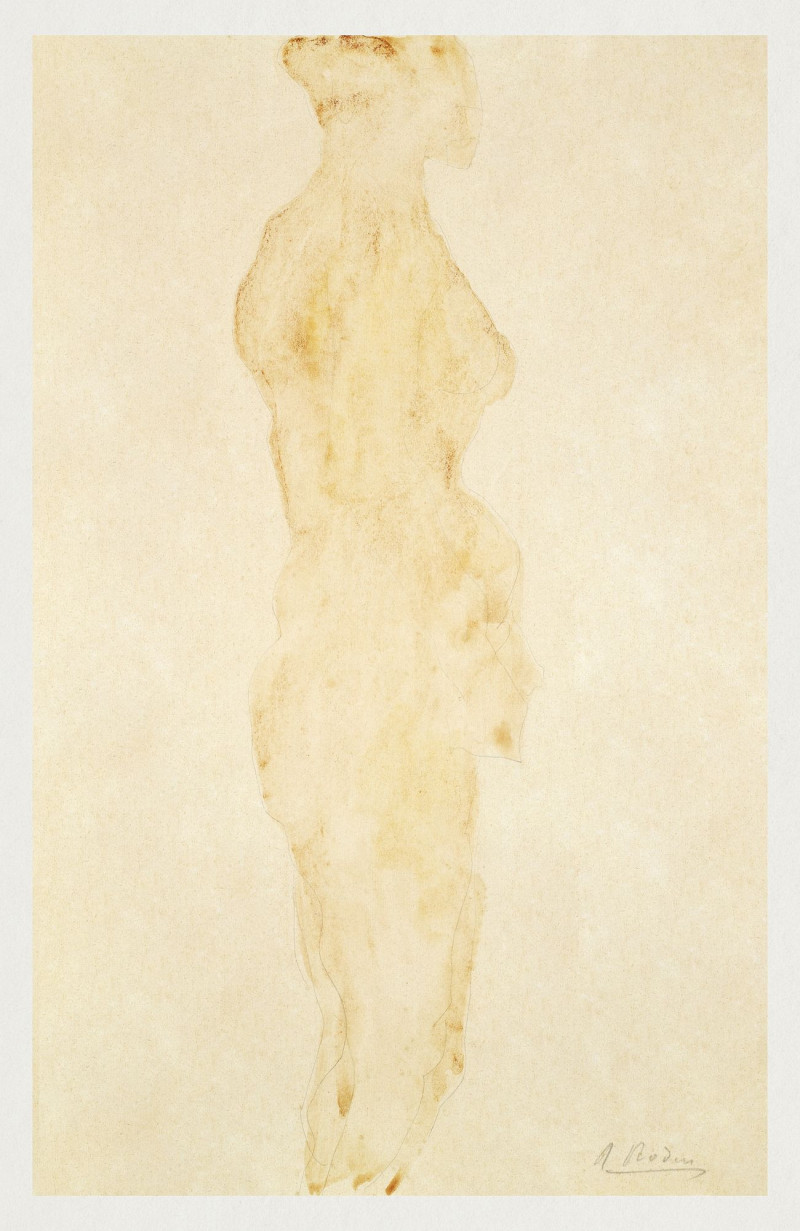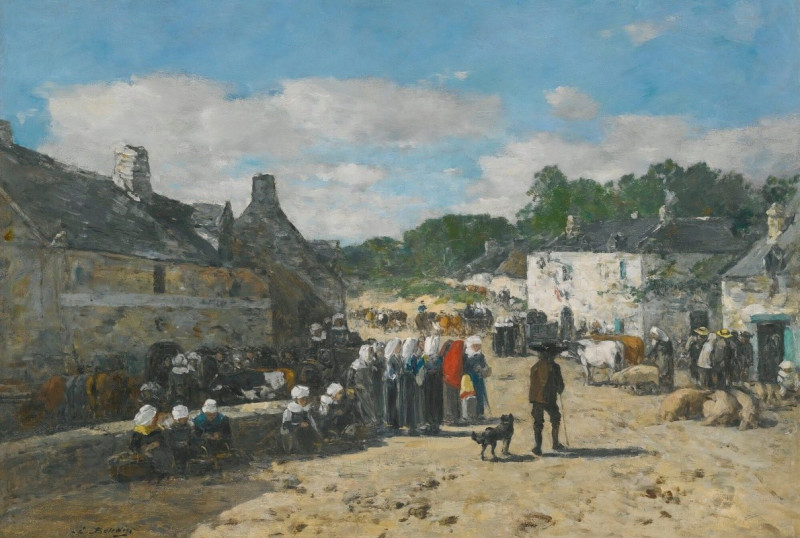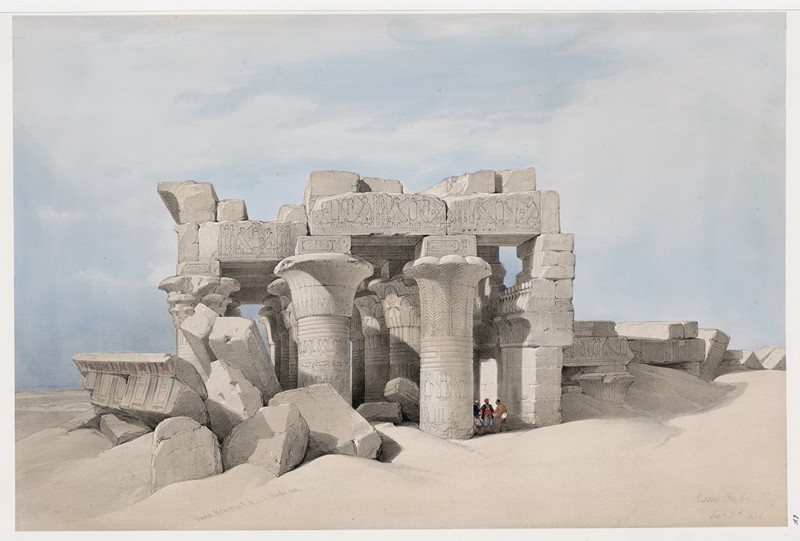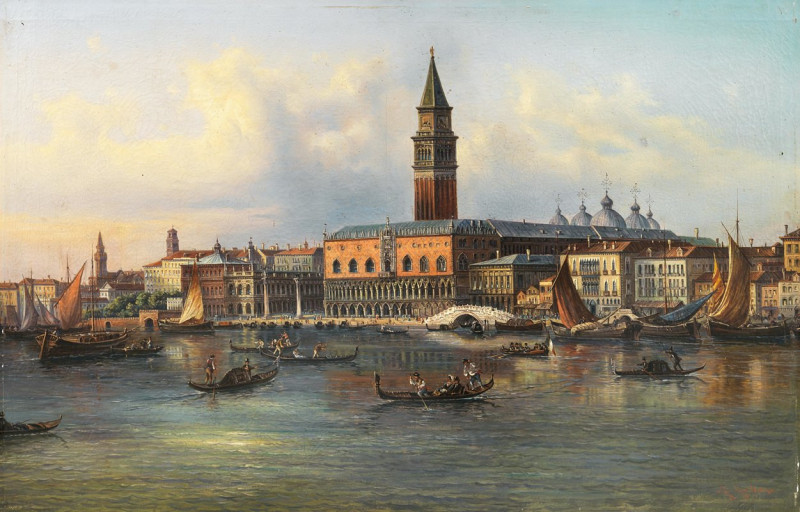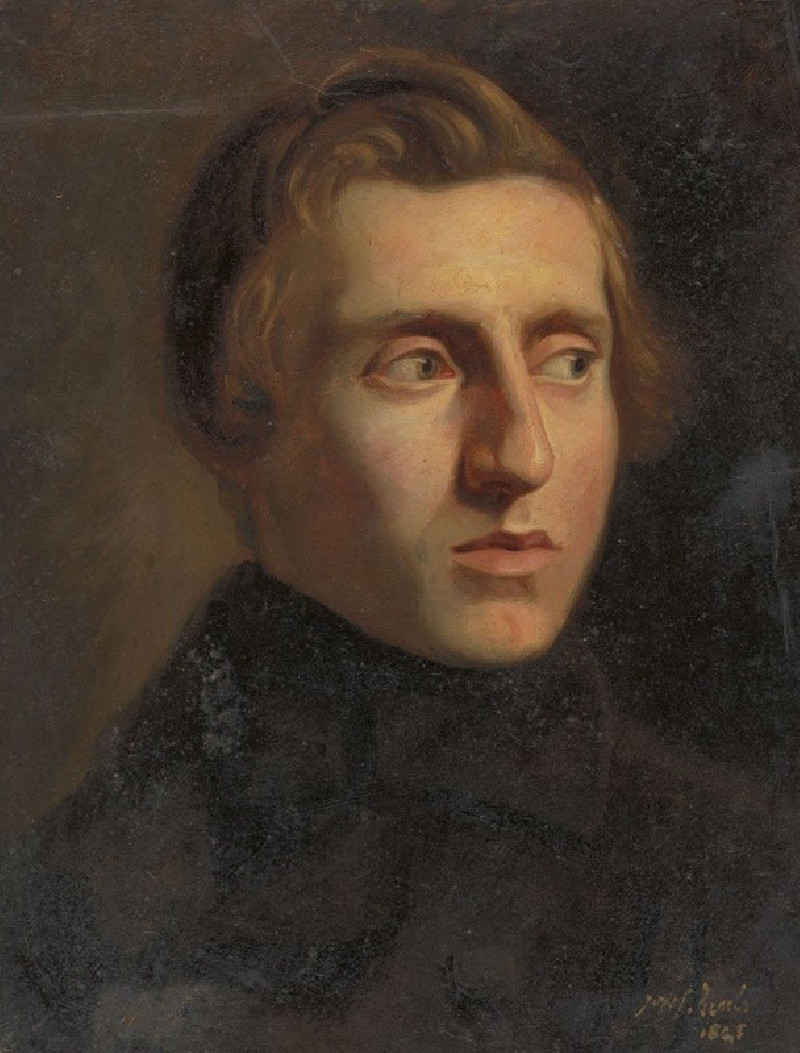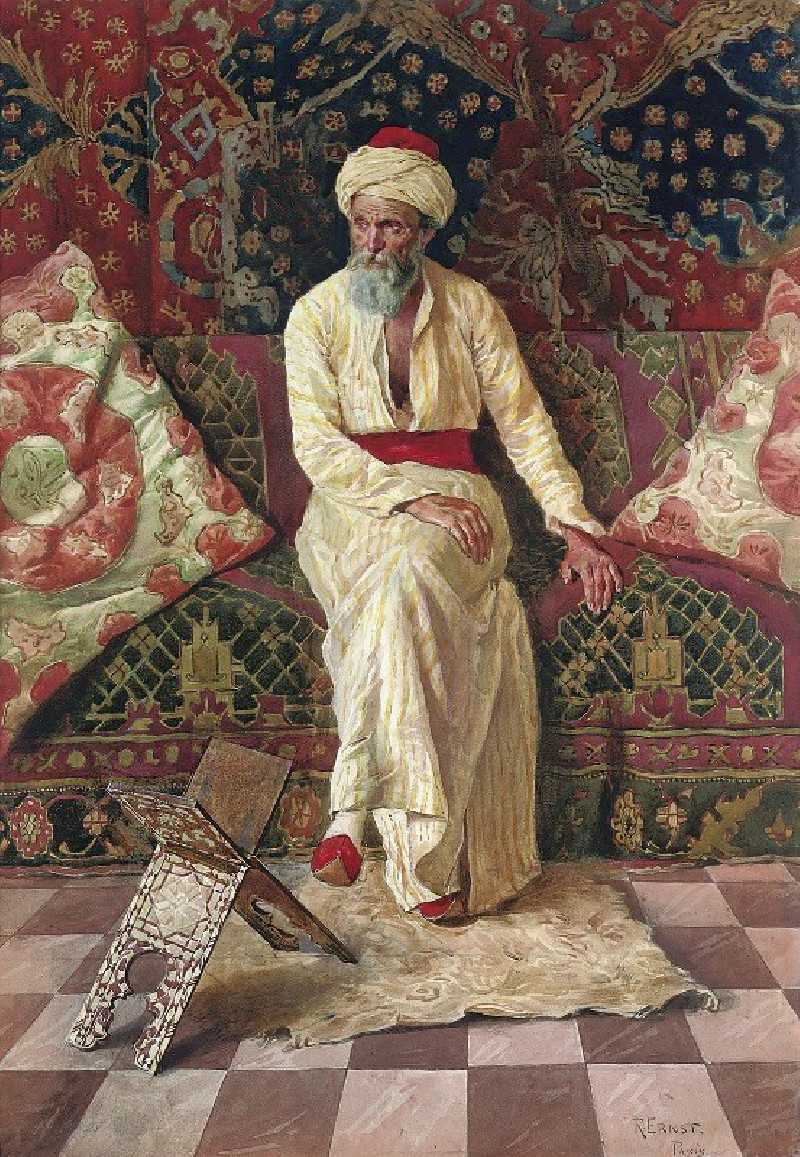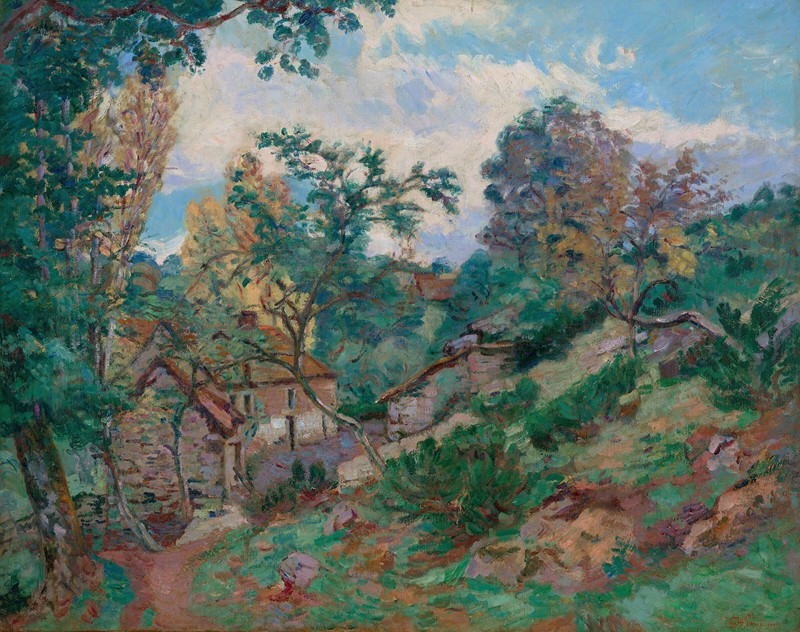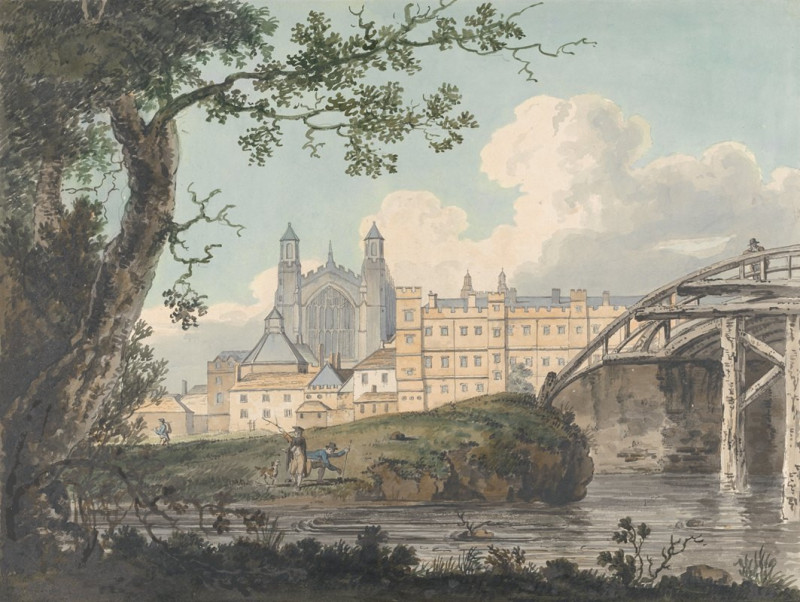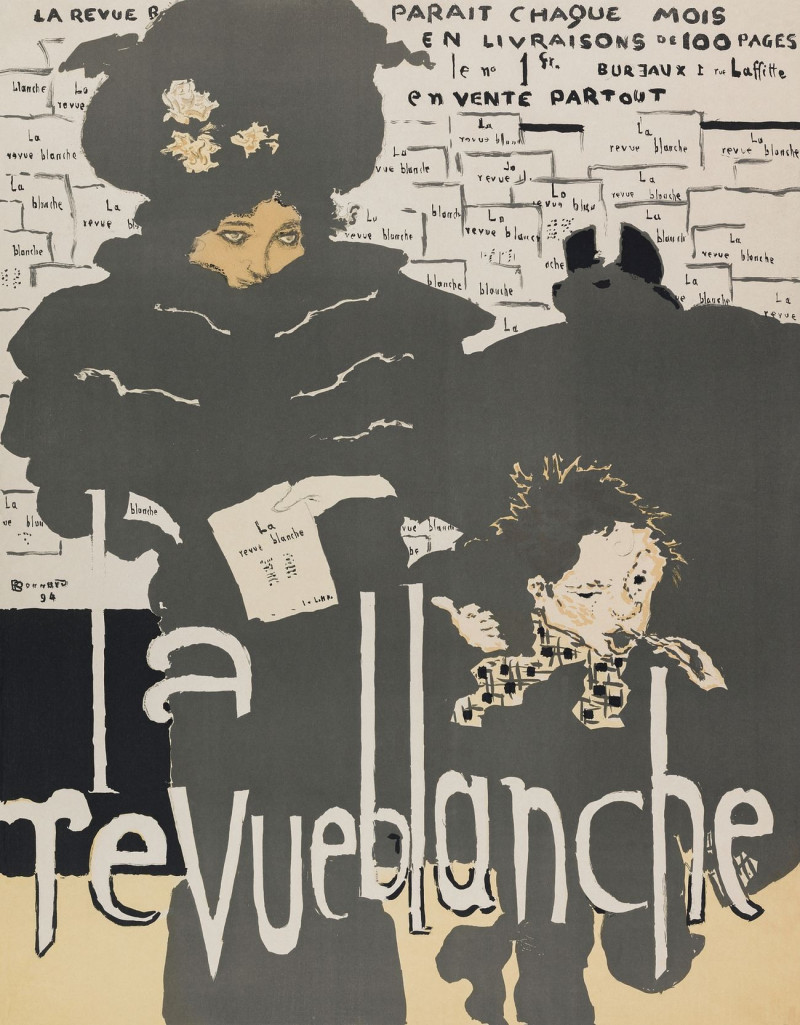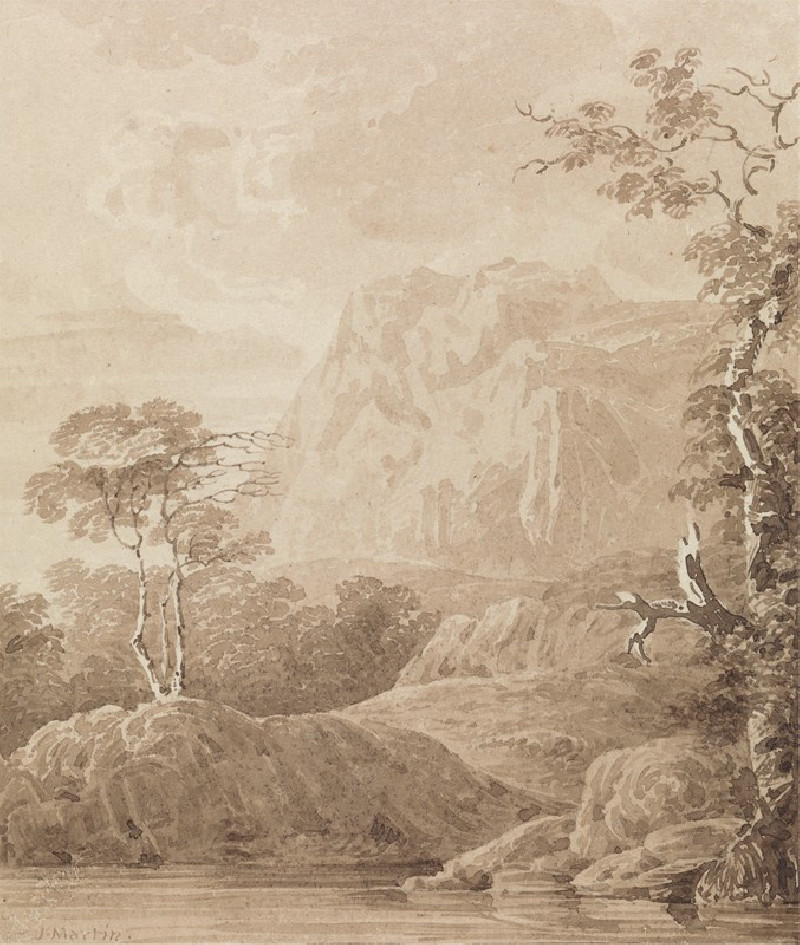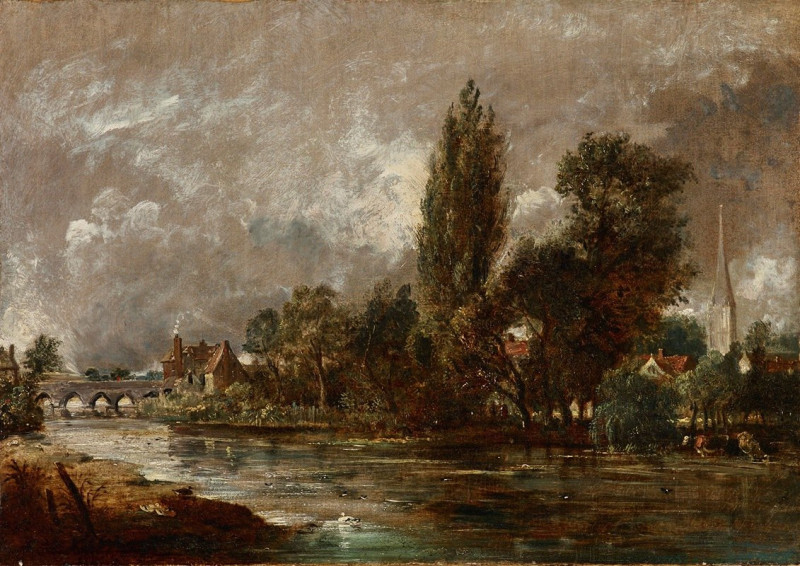Die Frauenkirche in Dresden (1824)
Technique: Giclée quality print
Recommended by our customers
More about this artwork
Nestled amidst the timeless embrace of Dresden’s cityscape, Carl Gustav Carus’s illustration "Die Frauenkirche in Dresden" captures a poignant moment in history with its masterful use of light and shadow. Painted in 1824, this beautiful artwork presents an ethereal view of the iconic Frauenkirche, a symbol of architectural grandeur and spiritual significance.Carus's perspective invites the viewer to look up towards the majestic dome of the Frauenkirche, portrayed in a soft, almost ghostly light that imbues the scene with a sense of reverence and mystique. The background features a cloudy sky that enhances the monument’s imposing presence amid the lighter surroundings. The prominent dome, highlighted against the overcast sky, draws attention with its intricate detailing and the light glowing from its windows, suggesting a beacon of faith and hope.In the foreground, the rough textures of the city’s rooftops contrast sharply with the smooth, divine contours of the church. This juxtaposition not only accentuates the spiritual essence of the Frauenkirche but also portrays the human element of the city, with modest structures huddled under the watchful gaze of this grand edifice."Die Frauenkirche in Dresden" by Carl Gustav Carus is more than just a depiction of a building; it is a narrative of resilience, beauty, and inspiration, captured through the delicate and thoughtful strokes of a master artist.
Delivery
Returns
Carl Gustav Carus (3 January 1789 – 28 July 1869) was a German physiologist and painter, born in Leipzig, who played various roles during the Romantic era. A friend of the writer Johann Wolfgang von Goethe, he was a many-sided man: a doctor, a naturalist, a scientist, a psychologist, and a landscape painter who studied under Caspar David Friedrich.

